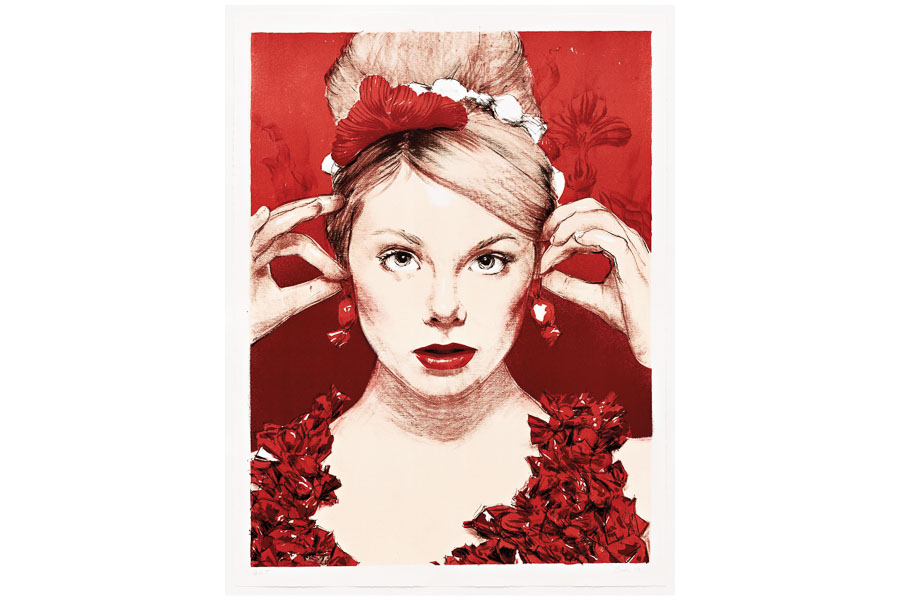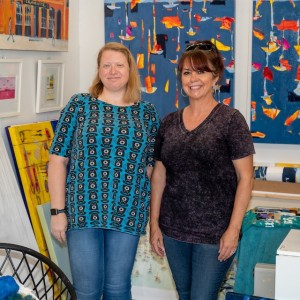A fixture of the New York City arts scene known for his singular and striking confectionary aesthetic (as well as his annual Drawing Parties), the painter Will Cotton has seen his work capture the imagination of everyone from pop princesses like Katy Perry, who modeled her hit California Gurls music video after his work, to Martha Stewart, who chose Cotton to design the cover of the 25th anniversary issue of Martha Stewart Living. The artist comes to Ringling College of Art and Design this semester to show both completed work and offer insights into his artistic process through prints and sketches and other ephemera. In addition to hosting an artist talk and a book signing, Cotton will provide hands-on critiques of student work as well. For everyone else not on campus, SRQ snagged Cotton for a quick conversation on the development of his style.
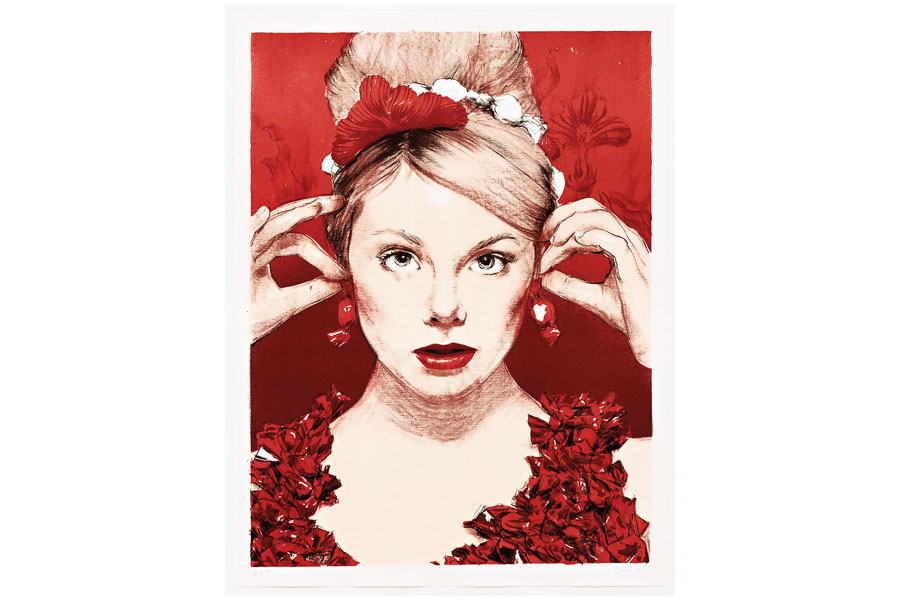
Where did this Candy Land aesthetic come from? I like to look at art history, and there’s a painting that caught my eye way back when I was in art school—a Pieter Bruegel called the Land of Cockaigne. The idea is that it’s a land of plenty where there is abundance of everything. And I thought about American contemporary culture and what abundance we live in. We’re kind of living in this utopian Candy Land. I see us living in a landscape of signage and advertising. All of it is there to try to entice us and induce desire within us.
Do you see this as a good thing? Is this a bad thing? Is that just a thing that is real? I don’t like my work to be didactic and say either one, just to open up a conversation.
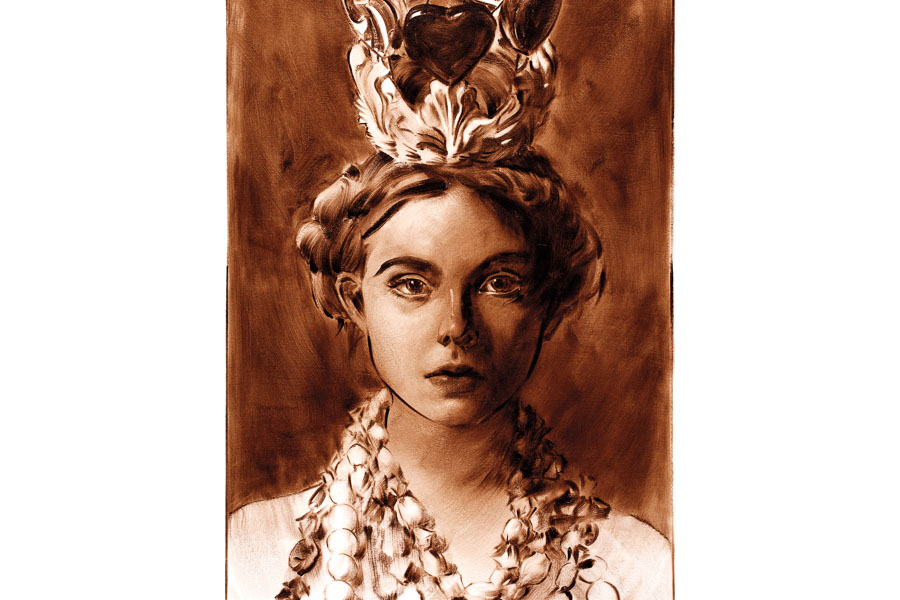
On the role of desire in our lives? And the fact that we’re navigating it constantly without even thinking about it. It’s a kind of battle, like we’re pitted against the reality of our desire all the time. For me, sweets is a big one. So it’s a language makes sense to me. And I have a history of drug and alcohol abuse, which all ended about 15 years ago. But back when I started working on this, I was definitely thinking about that.
How did sweets and Candy Land become your representation of desire? How did that become such a strong part of your symbology? I always liked sweets. It really came in in a big way around 1997, when I was visiting relatives. I came across this Candy Land board game that I had played as a child. It just struck me as a great metaphor for this kind of dystopian paradise that I’d been thinking about, and these ideas of patience and indulgence and insatiability.
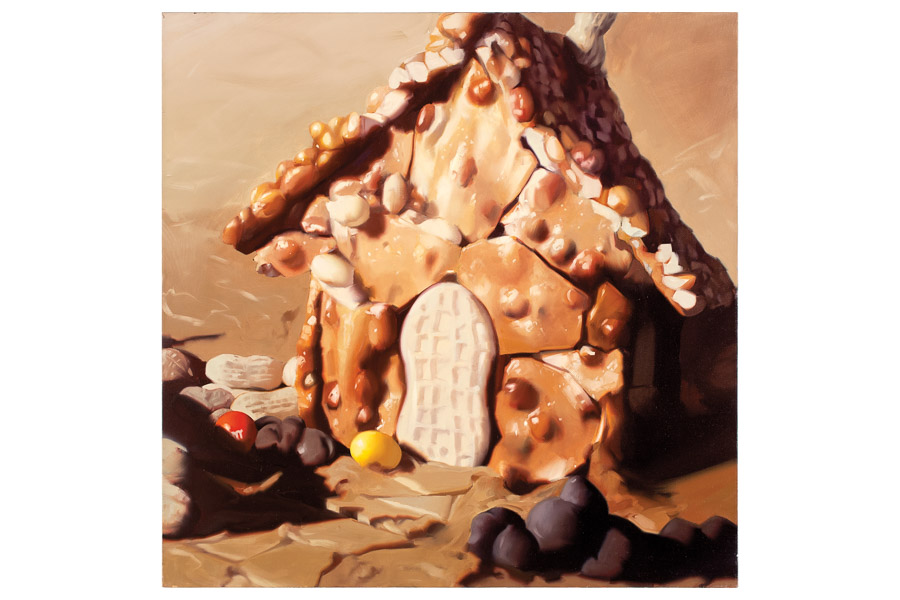
Is it supposed to seem too good to be true? That’s definitely part. At first glance, some people see it and think it’s very sweet and light, but there’s so much darkness built into it. The utopian/dystopian thing is that your wildest, best dreams might actually lead you down a bad road. And you know if you do live in a place where everything is just sweets all the time, you’d probably die.
At some point, women entered the frame in a prominent way. What was your thinking there? I had been making new landscapes for a while, but I had begun putting a lot of architectural references in—things that had doors and windows and suggested that there must be some occupants. And the question I asked myself was “Who lives here?” Up to that point my idea had been to make the most over-the-top saccharine depiction. So what’s the equivalent in depictions of humanity? I kept coming back to mid-20th century American pinup painting. That’s basically depicting people as confections, as something not even interested in reality.
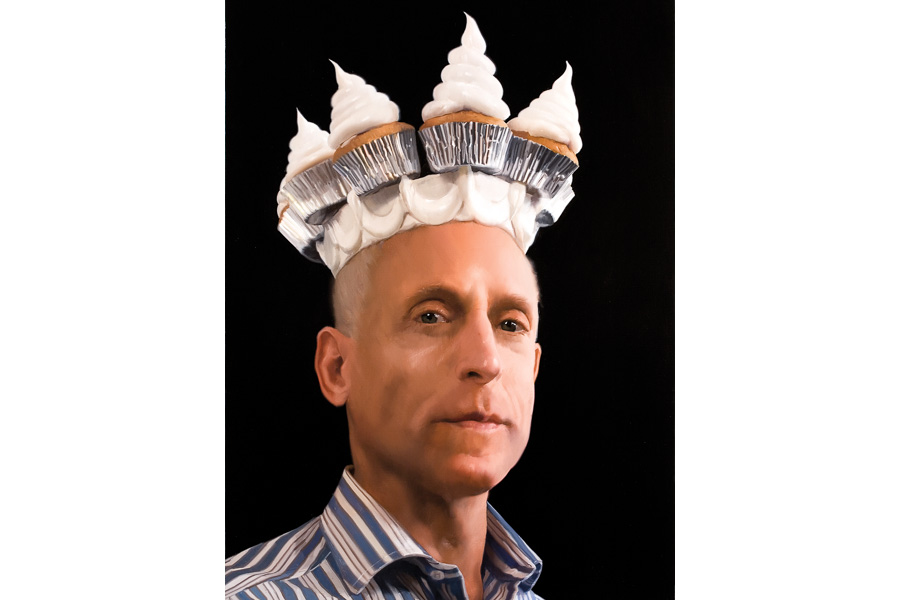
Eventually the nudes became clothed as well, right? It eventually led to me asking why they aren’t wearing clothes. My answer had been that I didn’t know any clothing that seemed appropriate in a place like that. So I decided to start making some. In this place where all the hierarchies have been rearranged and the best possible things are sweets how would people adorn themselves? They might make crowns out of candy. And in terms of process it’s become a big part of that too, in that I’m actually making all of these outfits. And I have the models wear them. It goes back to me wanting to make all this stuff as real looking as possible. So it doesn’t go the way of a children’s book illustration, where the depictions are mostly symbolic.
Are you concerned that someone might read your work purely as modern pinups? I am. And particularly over the last few years I’ve been hearing, especially from students, that they’re being read that way. I’ve been told that some people do see a message more like presenting women as things to be consumed, which was never my intention.
What will your next project be? I can give you a little hint. In cultural thinking about sweets, there’s this very dark side that comes out in some children’s fairy tales, my favorite being Hansel and Gretel. If you really look at the story, it’s a cannibalistic witch who eats children and has her house surrounded by a fence that looks like gingerbread people but are actually baked children. There’s so much darkness. And again, the thread would still be this idea of temptation and what can happen to you.





